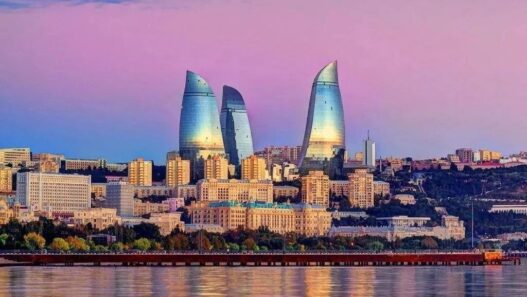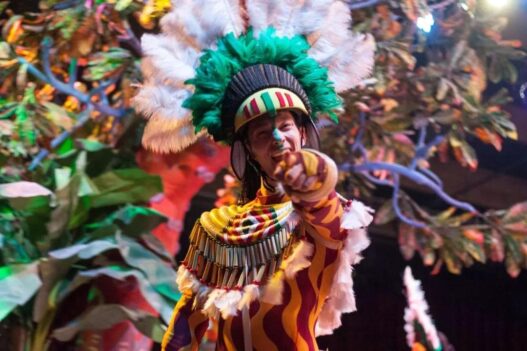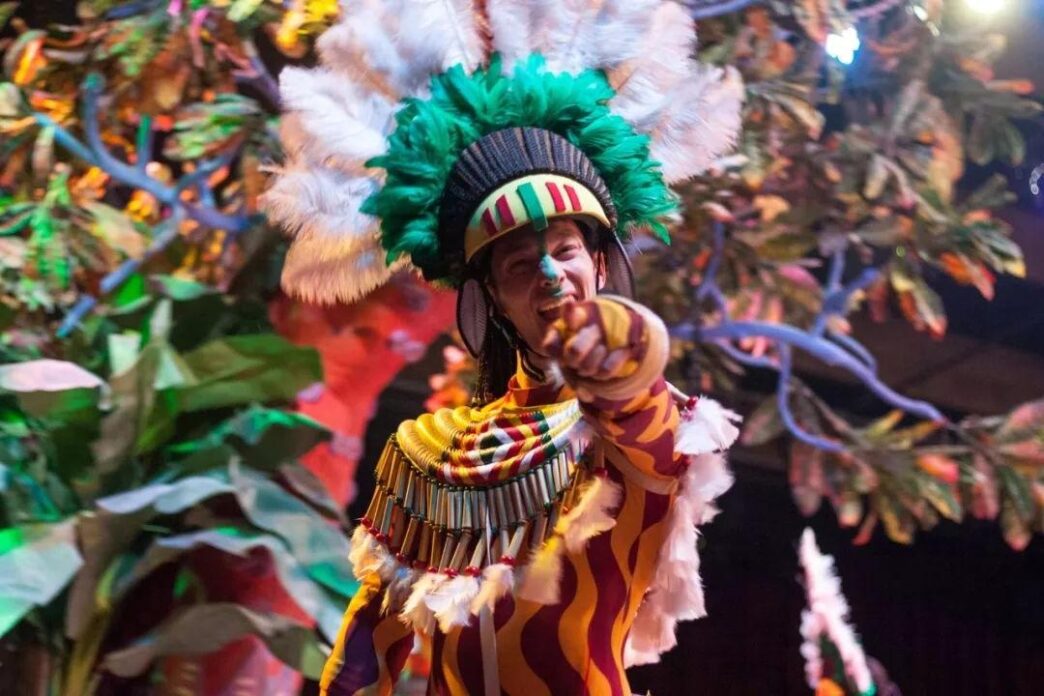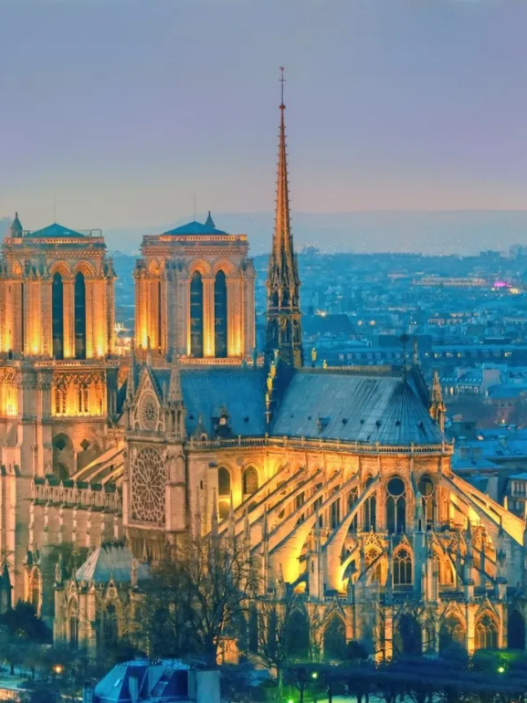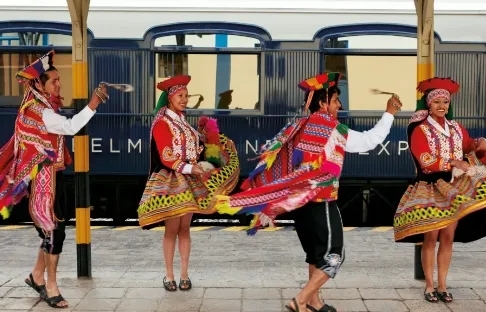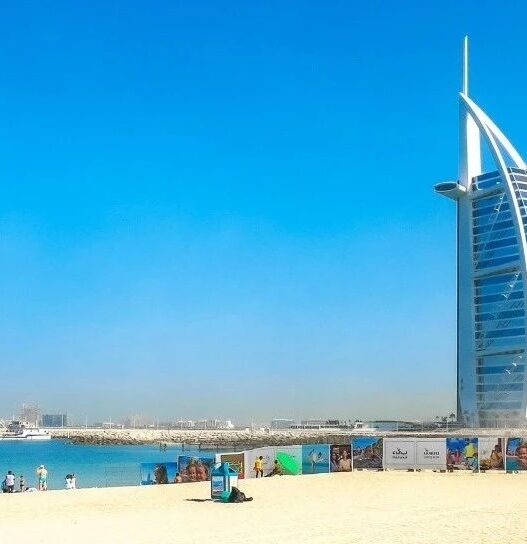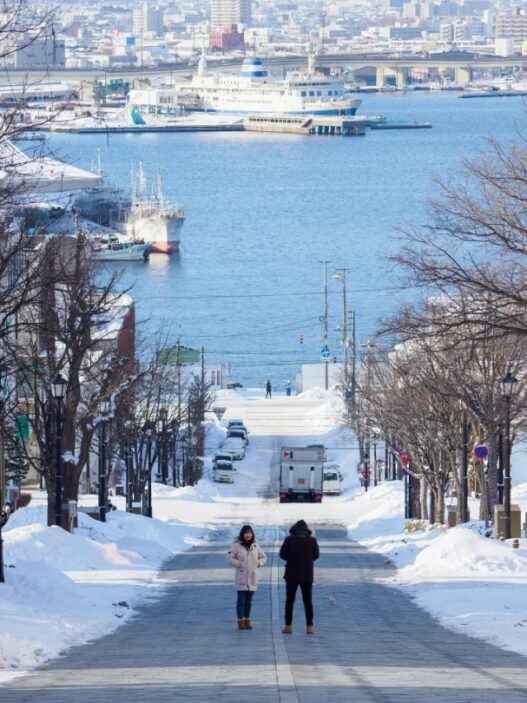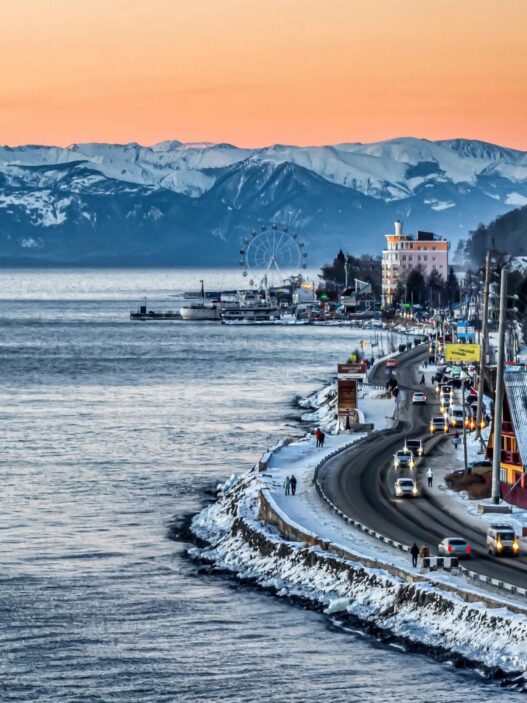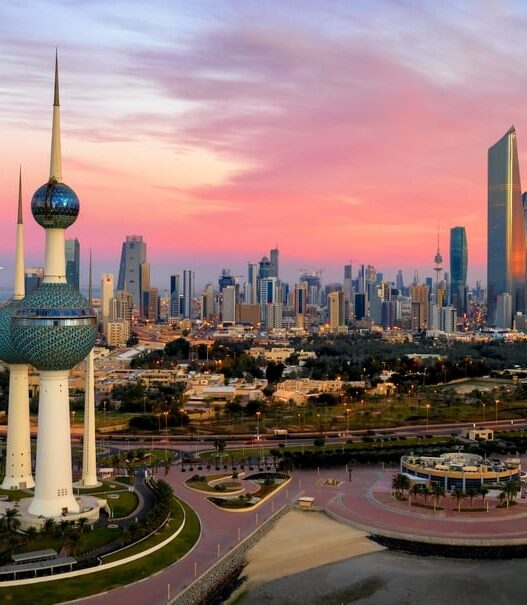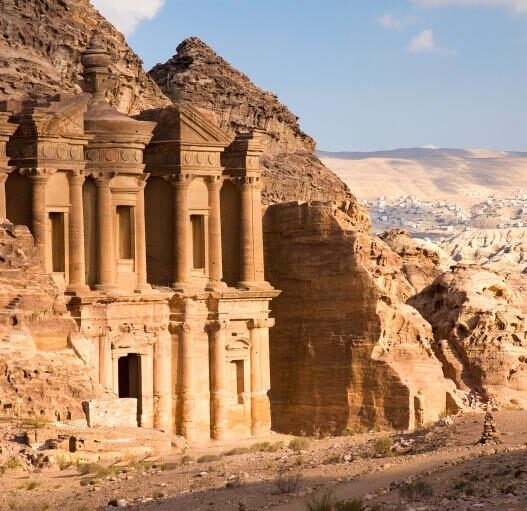When it comes to Uruguay, football fans might immediately think of names like Suarez, Diego Forlán, and Cavani… But those not familiar with football might be puzzled. This South American country with a European flair was once listed by Lonely Planet as one of the “Top 10 Best Travel Countries.”
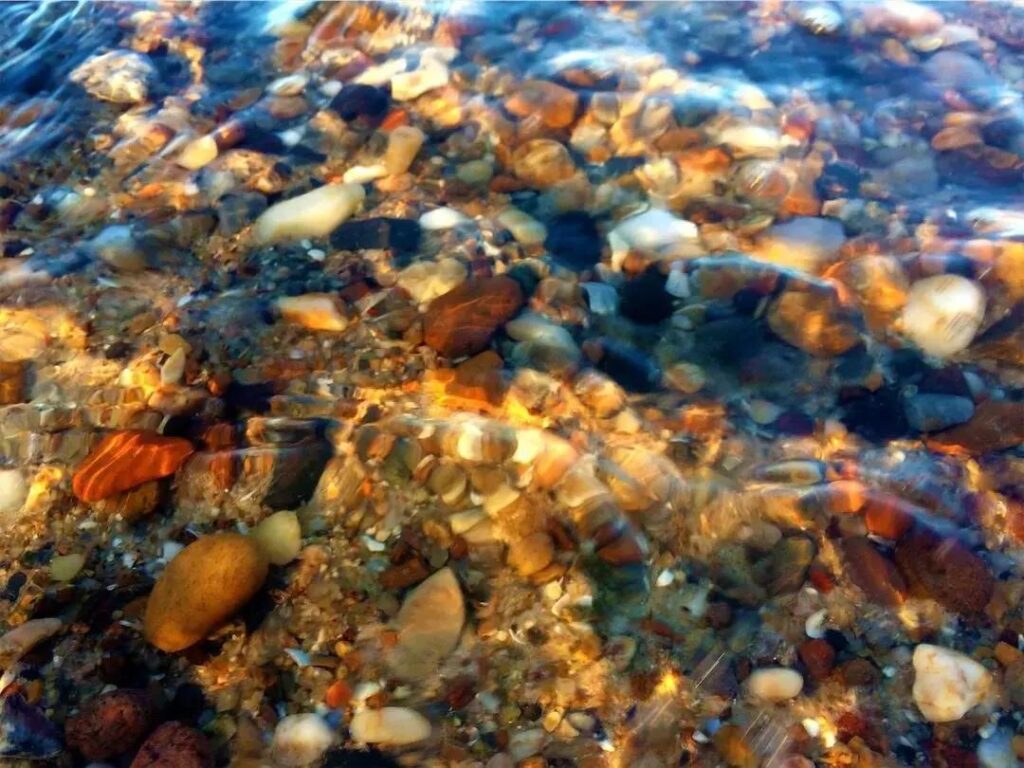
Compared to other South American countries, Uruguay’s advantages are clear: it combines the passion of Brazil, the livability of Argentina, and is a favored destination for South America’s wealthy. Its beautiful natural scenery, enchanting coastlines, excellent air quality, and stable security have earned it the nickname “Switzerland of South America.” It’s also called the “Country of Diamonds” due to its diamond-like shape and abundance of amethyst.
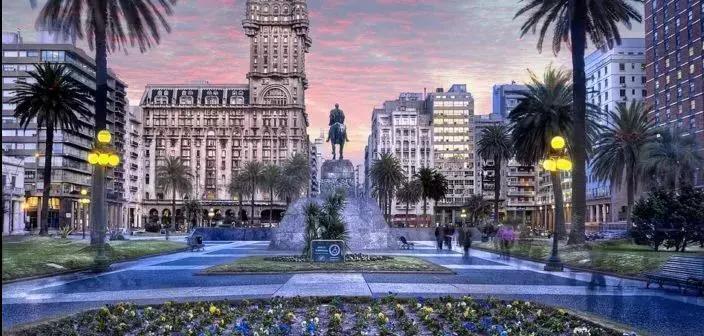
Uruguay boasts some of the best beaches in South America, without a doubt, attracting a large number of surfing enthusiasts from around the world each year for summer vacations and surfing. It’s also known as the “naked city” where European beauties freely enjoy the sun. Even former President George W. Bush reportedly bought several villas here!
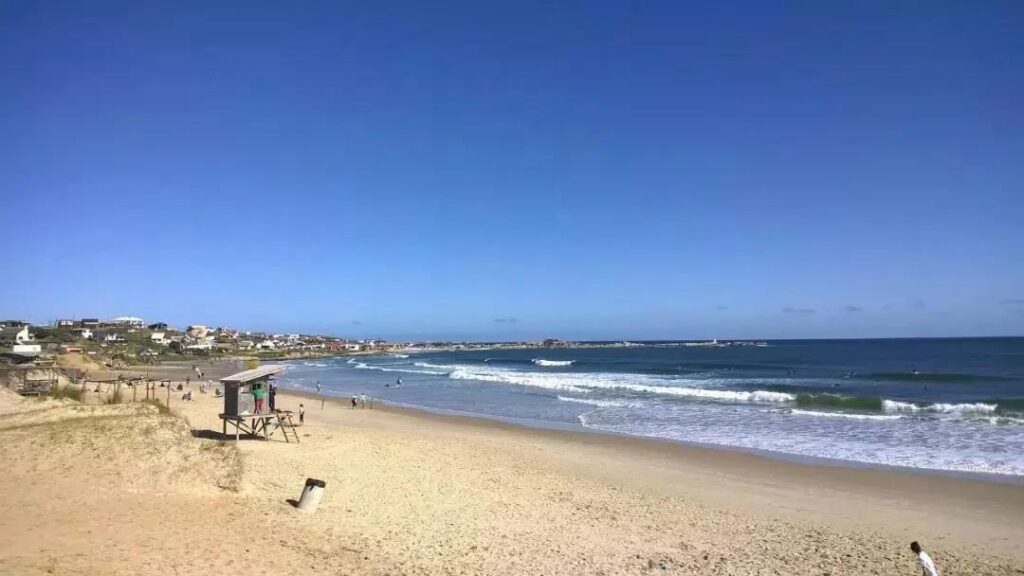
If you enjoy a slow-paced “retirement” lifestyle, Uruguay is not to be missed. Just bring your camera, a cup of mate tea, and stroll through the streets of Uruguay. It won’t be long before your camera’s memory is full.
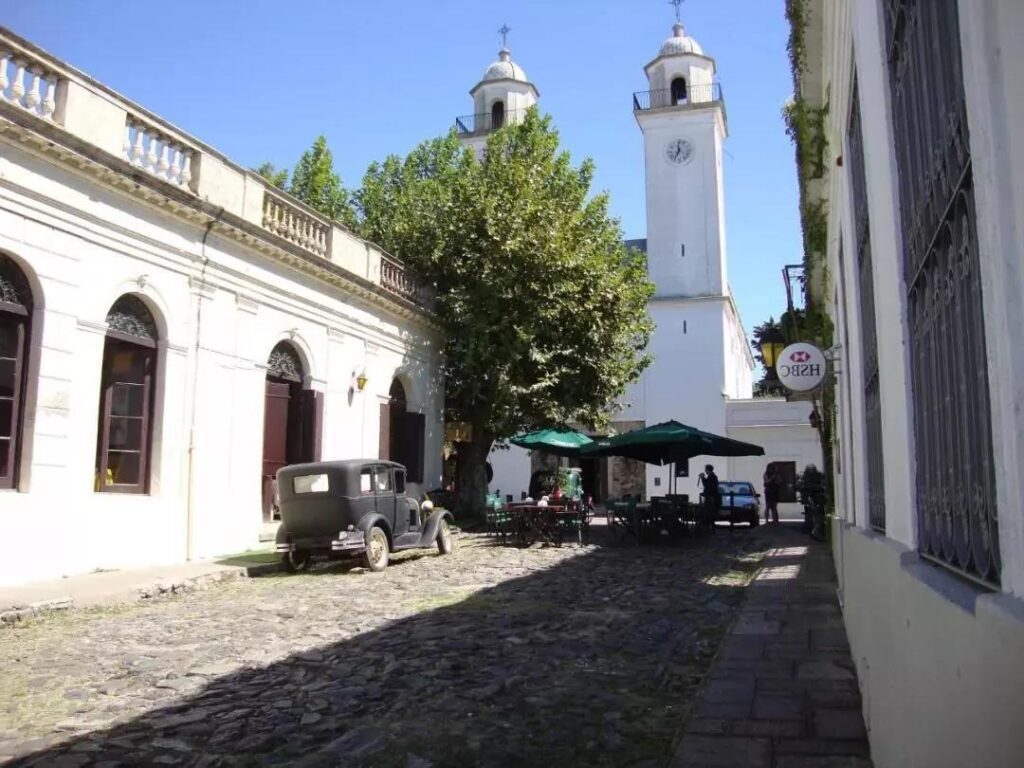
The most lively time in Uruguay is in February, when a grand carnival takes place. Here, you can see passionate samba dances and wild African drums.
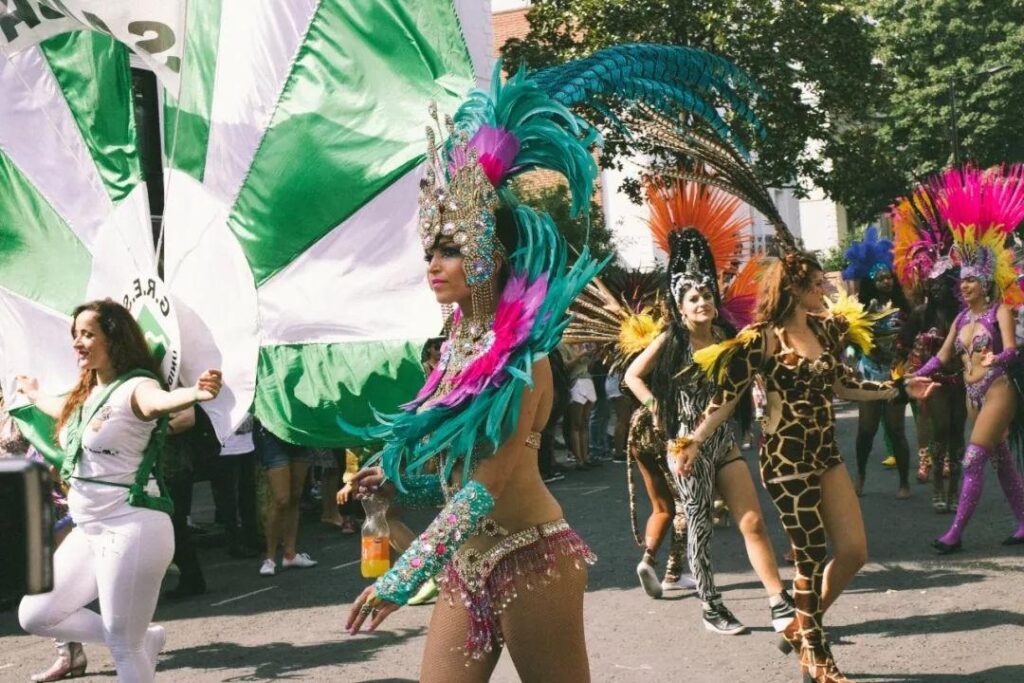
Football, Beaches, and Carnival
The Centenario Stadium once witnessed Uruguay’s triumph in the first World Cup in 1930. Even today, this stadium is frequently used. Inside, the Latin American Football Museum displays trophies from various competitions, chronicling the glorious history of this football nation. After visiting the stadium, you can head into the city to try a Suarez Burger or a Cavani Burger to fill your stomach. Both are very popular.
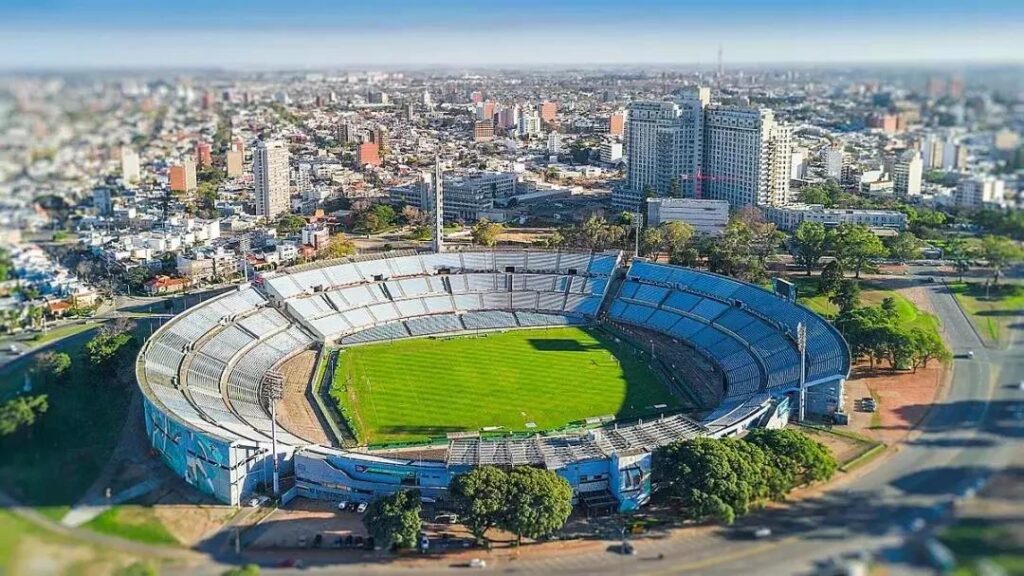
Punta del Este
As a famous surfing destination and vacation paradise, Punta del Este has a unique geographical location: the beaches on both the east and west sides are stunning but slightly different, with the east side having turbulent waves and the west side often calm. From above, the view is also quite spectacular.
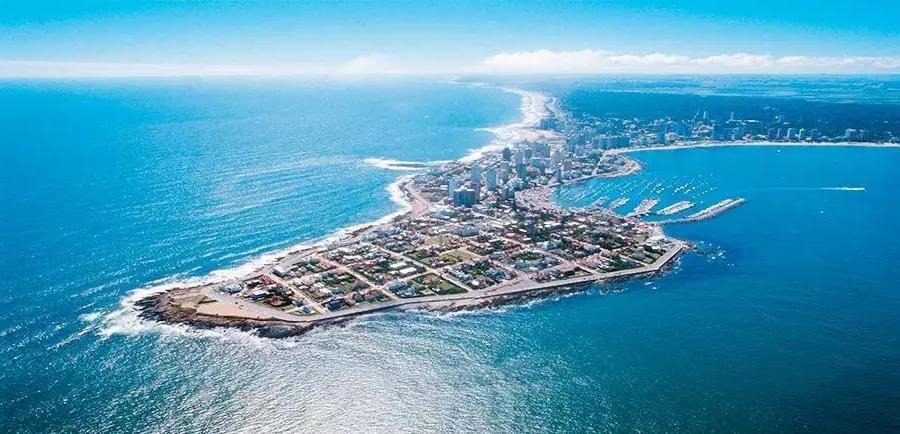
In summer, handsome men and beautiful women from around the world flock here. Along the extensive coastline, surfers can be seen everywhere, with wind conditions catering to all skill levels. From November to December, local community music performances and delicious seafood restaurants also keep visitors coming back.
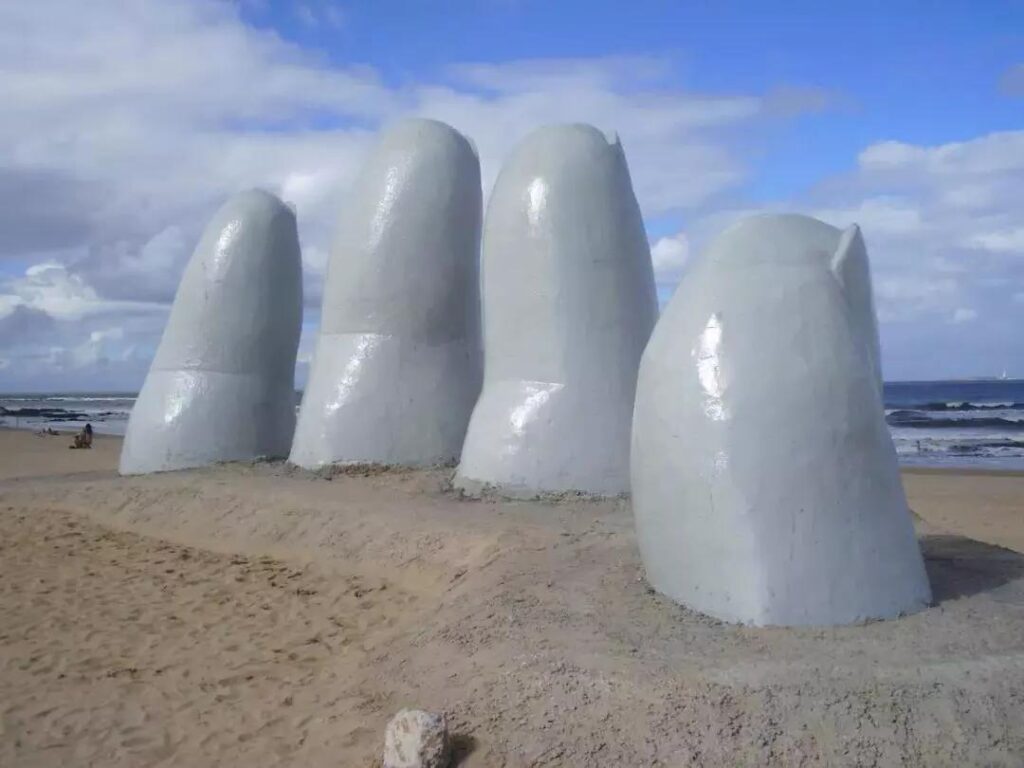
Not to be missed is the Casapueblo hotel (museum) built here. Originally the studio and residence of a local artist, it was constructed along the mountain facing the sea, blooming with flowers in spring. Listening to the waves in the morning feels like being in paradise, and its unique shape naturally prompts visitors to pull out their cameras. After the artist’s death, the studio was transformed into a museum, and these design-filled rooms are now rented out to tourists as a hotel.
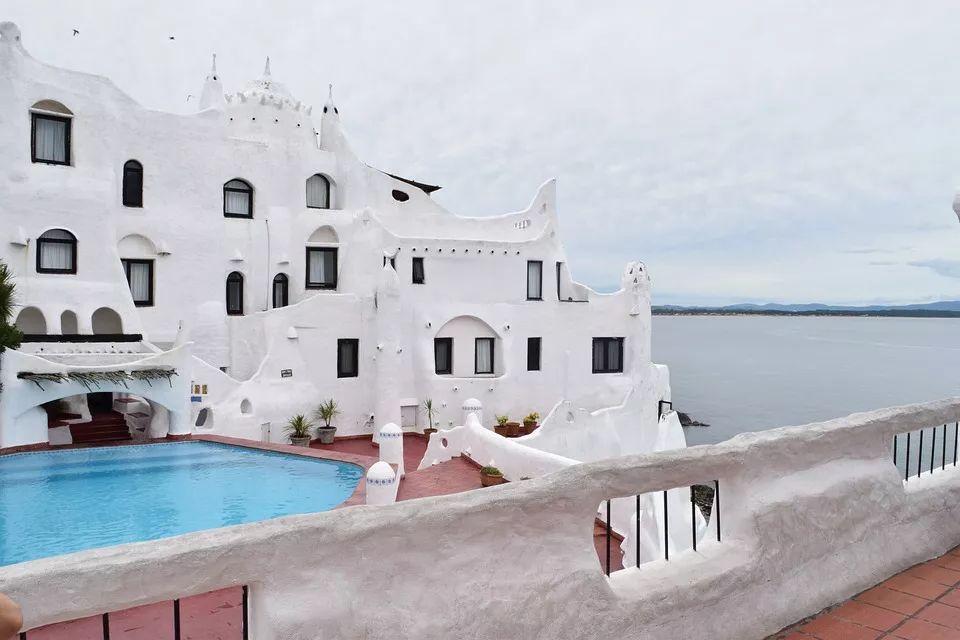
The Longest Carnival
The passion of South America is world-renowned, and during Uruguay’s two-month-long carnival from January to March, you can witness the perfect fusion of Brazilian samba, Argentine tango, and wild European drums on this beautiful land.
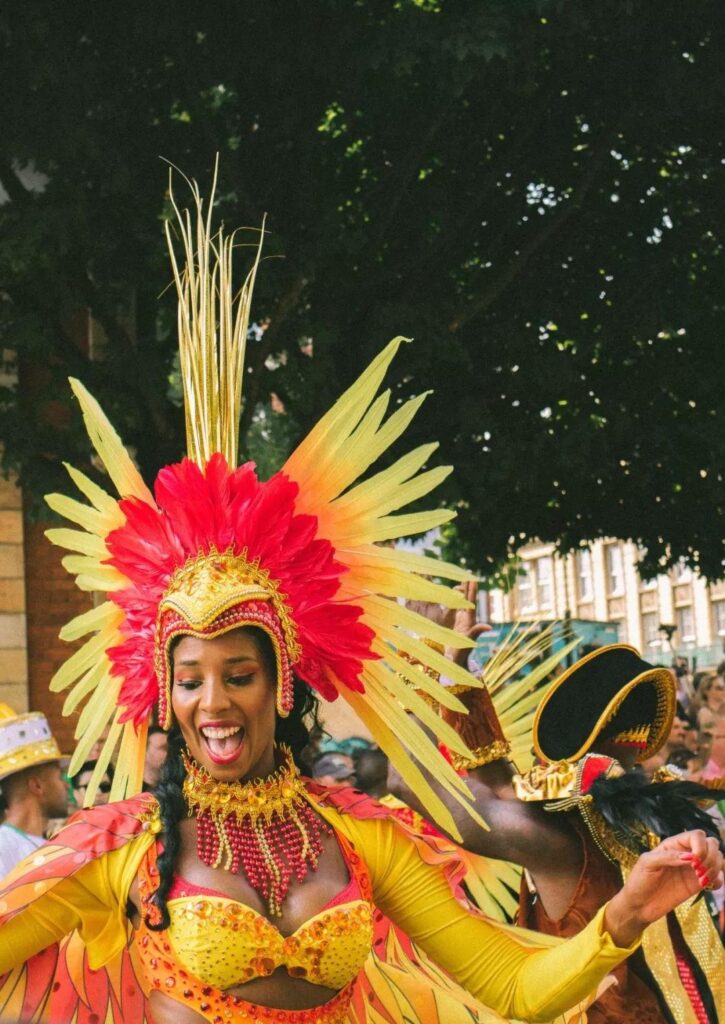
Montevideo
As one of the capitals farthest from Beijing, Montevideo combines Spanish charm with European simplicity.
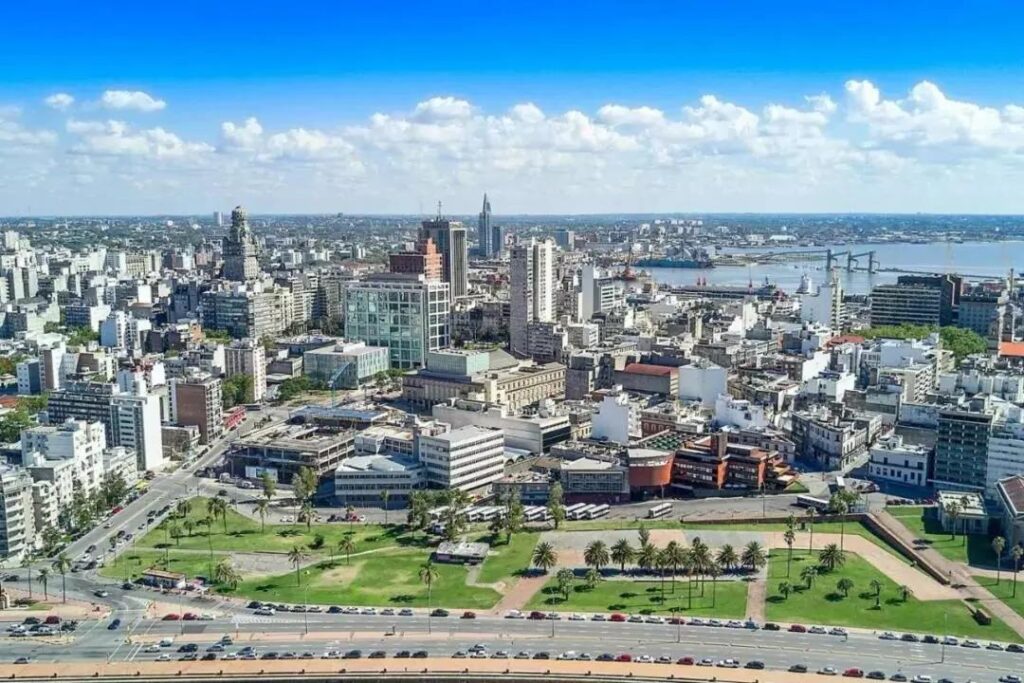
In the heart of the city lies Independence Square, Uruguay’s main square, which commemorates “The Father of Independence,” José Gervasio Artigas. The most prominent building here is the 29-story Palacio Salvo, built in 1928. Now occupied by various offices and residences, it has become one of the most photographed buildings in travelogues.
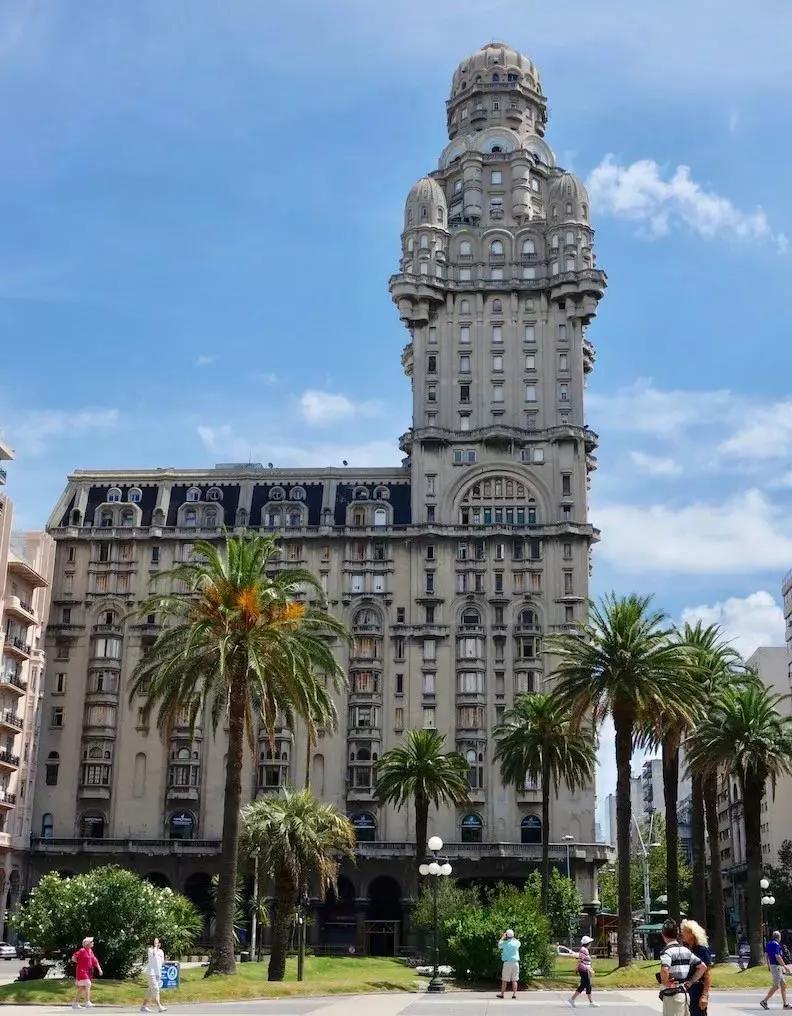
Most of Montevideo’s main attractions are concentrated in the old town, making a stroll through its streets an essential way to experience its culture. Here, you’ll find delicate jewelry and trinkets everywhere, even fruit stalls are colorful, and Beatles-themed bars and souvenirs are commonplace. However, the most interesting aspect of the old town is its street art. Walking slowly, you’ll encounter many surprises.
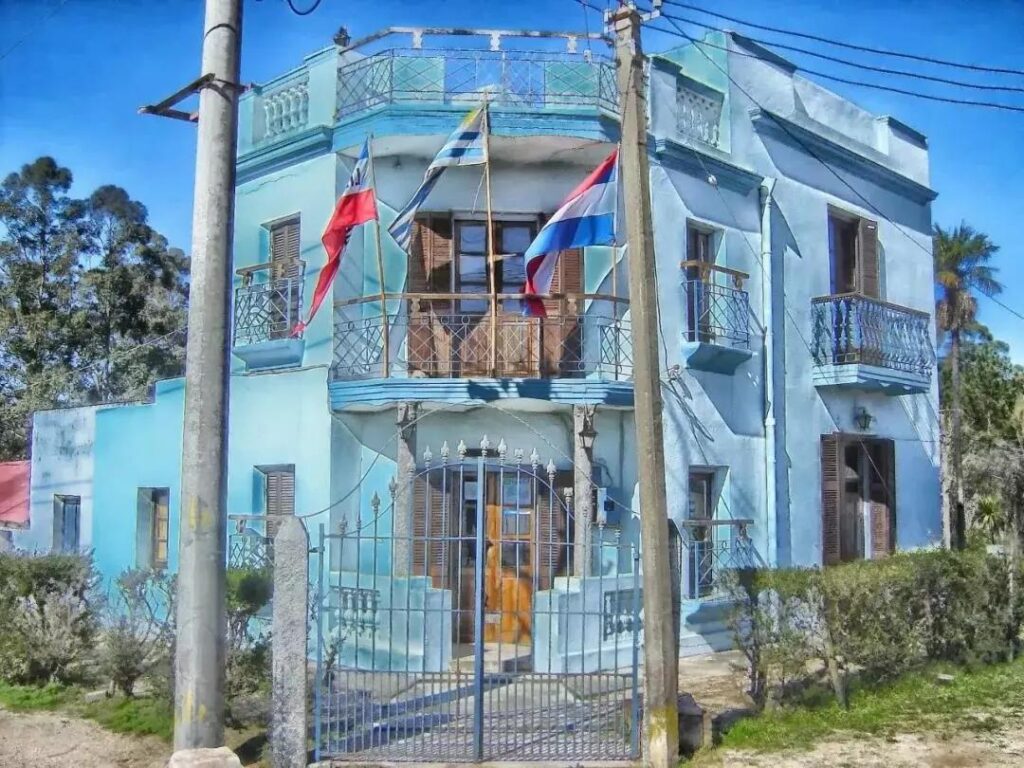
Colonia del Sacramento
Across the river from Argentina’s capital, Buenos Aires, lies the ancient city of Colonia del Sacramento, another beautiful place. Its drawbridge that can open and close, cobblestone streets under shady trees, a lighthouse built on the ruins of a monastery, and various colonial-style buildings make up the city’s picturesque scenery.
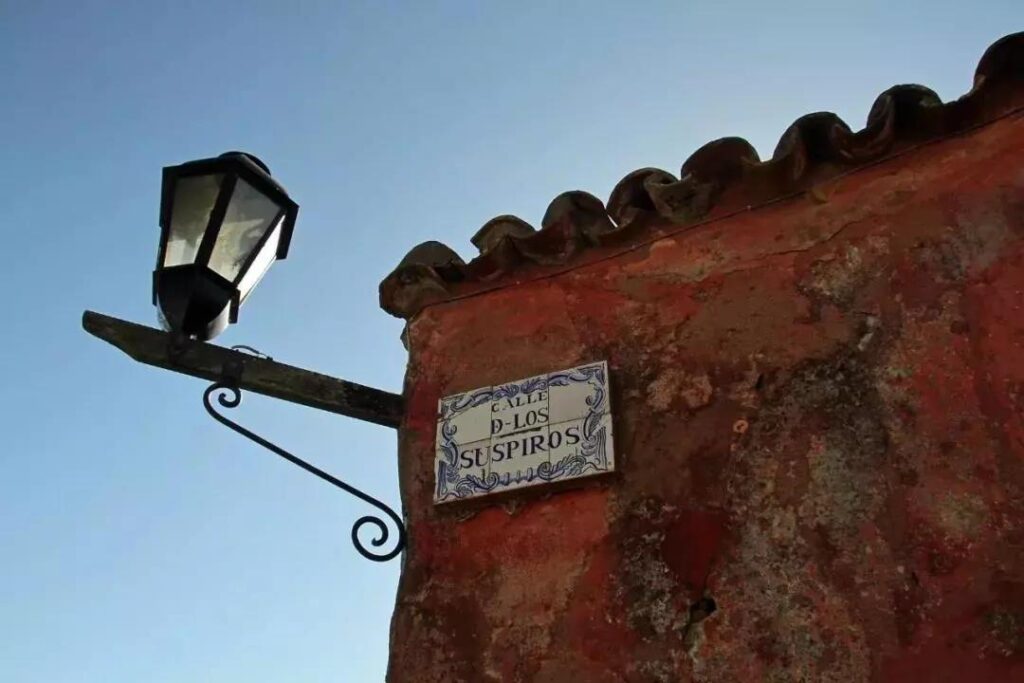
Barrio del Buceo in Colonia is the most famous immigrant town. Spain and Portugal once fought over this place, and now the town retains the architectural styles of both countries. Here, just wandering the streets at your leisure is enough.
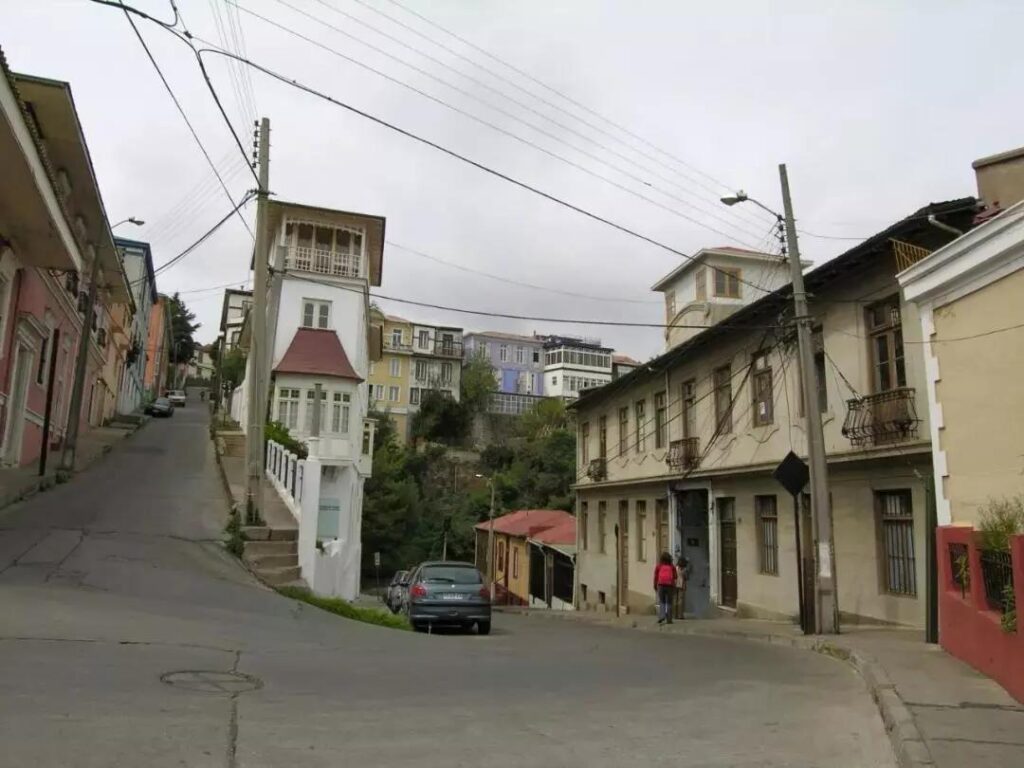
Barbecue at Your Leisure
In Uruguay, barbecue is almost considered the national dish, with grills being a staple in every household. It’s not just travel enthusiasts saying this; even during the World Cup in Russia, they made sure to have their barbecue. Man You recommends Julio Herrera y Obes barbecue restaurant or the barbecue night market in Montevideo.

Chivito & Chorizo
Chivito is actually a type of steak sandwich, which looks similar to a burger but tastes quite different. Besides beef, you can stuff it with eggs, cream, bacon, olives, lettuce, mayonnaise, ketchup, and various other ingredients. There’s also something called Chorizo, which is a sausage, commonly eaten by grilling and then slicing into pieces to be eaten in a sandwich. You can find it at street stalls, where you can add your favorite sauces, side dishes, olives, or corn.


Mate Tea
As Uruguay’s national drink, almost everyone carries a hot water bottle under their left arm and holds a mate tea gourd in their right hand when they go out. Even French forward Antoine Griezmann has picked up the “bad habit” of drinking mate tea from his Uruguayan coach and teammates.
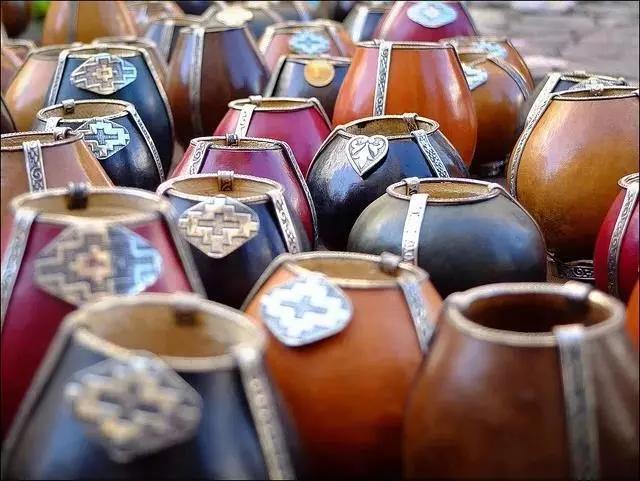
Travel is always more wonderful than we imagine. While we still have time, let’s do our best to do what we want to do and live the life we aspire to live.






